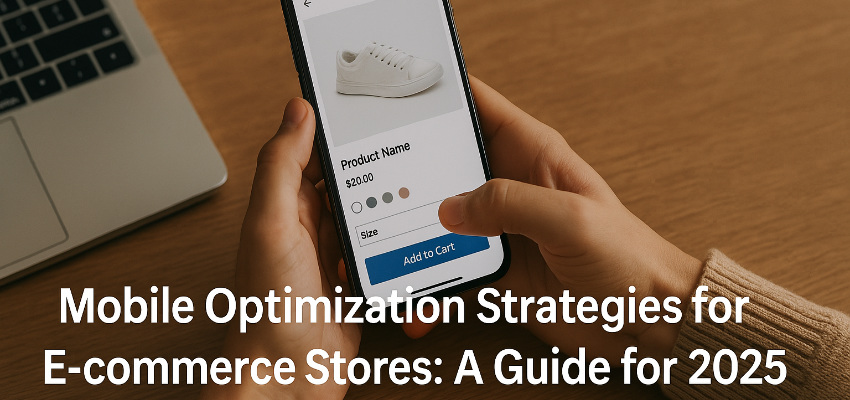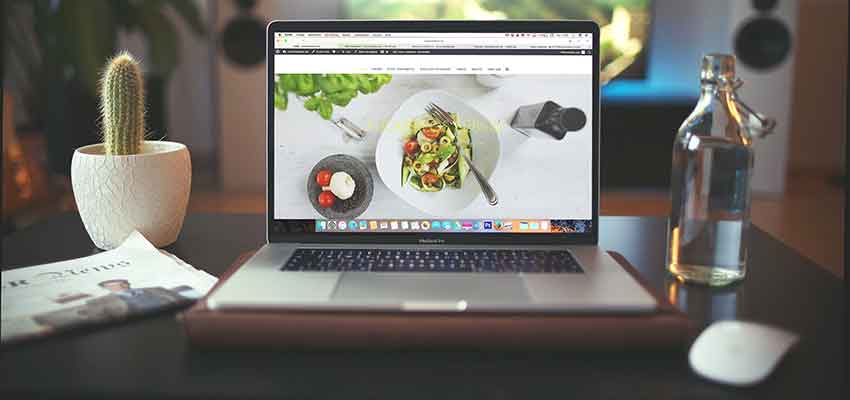Show:
Top 5 Best Practices For eCommerce Product Photos For 2023
High-quality product photos should be the standard for eCommerce stores. They need to entice customers and grab their attention.
Above all else, product photos must accurately represent the actual item. According to a study, 22% of customers return products that look different from the website.

If you want to make an excellent first impression, nothing is better than presenting quality photos to your customers. But why exactly do we need good product photos?
Why Are Product Photos Important?
You can find dozens of stock images of your products across the internet. Suppliers sometimes have product images themselves.
These product images are often dull, lifeless, and not very appealing. Shopify suggests that 50% of customers believe product photos are more important than reviews or product info.
You only have 50 milliseconds to make an excellent first impression with your product photos. Use this time wisely.
It helps build trust at each stage of a customer’s purchasing journey. These photos can be found on social media marketing efforts, your website, or even physical brochures.
Good product photos help increase revenue, build trust and credibility, improves customer experience, and more. To fully utilize our product photos, we need to follow best practices.
Product Photos Best Practices
Do the colors accurately represent the item? Can customers have a 360-degree view of the item? These are questions you need to ask before uploading your photos.
High-quality photographs of your products are essential if you want your consumers to feel secure in their purchases. We can achieve this and more by:
Optimizing Image Size For Websites
Your product images should be mobile-friendly. Customers should be able to zoom in and out of a product. The photo itself should be able to fit any mobile device without issues.
Shopify recommends 2048 x 2048 pixels for square product photos. Keep your feature photos’ width and height ratio consistent throughout your product lines.
Before uploading, make sure that the file is compressed. Larger files can decrease your site’s load time. Slow sites generally increase bounce rate, a metric we want to lower.
Don’t forget to add alt text or tags to the photos you upload. It won’t improve site speed directly, but it does help when the image gets broken or if visually impaired customers visit your site.

Use Soft Light
Good lighting and a soft lightbox are worth the extra money for product photos. Two or three powerful clip-on or clamp lights are needed for your smooth lightbox.
One acts as your fill light or backlight, and one key light is needed in the front and side of the box. Adjust light angles and distances until light and shadows are evenly distributed.
Bounce Lights
Avoiding harsh shadows achieves a professional appearance in your product photography. If you must rely on artificial lighting, bouncing is a simple approach to soften the shadows.
You may soften and diffuse light by reflecting or bouncing light, creating a more natural lighting effect in your photographs.
Show Scale in the Photo
Customers can’t physically see the actual item. You can help them by providing a sense of scale to your product photos.
An easy way to do this is to provide the dimensions in the product description. But it’s essential to give a visual representation of how big or small an item is.
Place the product next to something familiar such as a standard door, a coin, or a person. You can even use a banana for scale.
Show All Angles
Multiple good product photographs are better than one. Show many product photos from various perspectives to compensate for showing a 3D item in a 2D format.
Show inside pouches and compartments if you’re selling items like bags. Try including a shot or two showing it in use.
Product Photo Alternatives
Buying yourself equipment to achieve the best product photos is a good investment. But if you’re strapped for cash, there are great alternatives, such as free AI product photos.
Apps like Pixelcut allow you to upload your product image to create various photos in different styles. You don’t need to do the complex editing yourself. The best part is it’s free!
Key Takeaways
Quality product photos increase conversions, build trust, and help improve customer experience. Here are some things to consider when dealing with product photos:
- Product photos should be taken at the largest file size to ensure the best quality.
- Upload multiple angles of the product, so customers get a 360 view.
- Help customers understand the size of a product using other items to scale.
- Compress large image files to improve site load speed.
- Continually optimize your images for mobile.

 Return to Previous Page
Return to Previous Page








